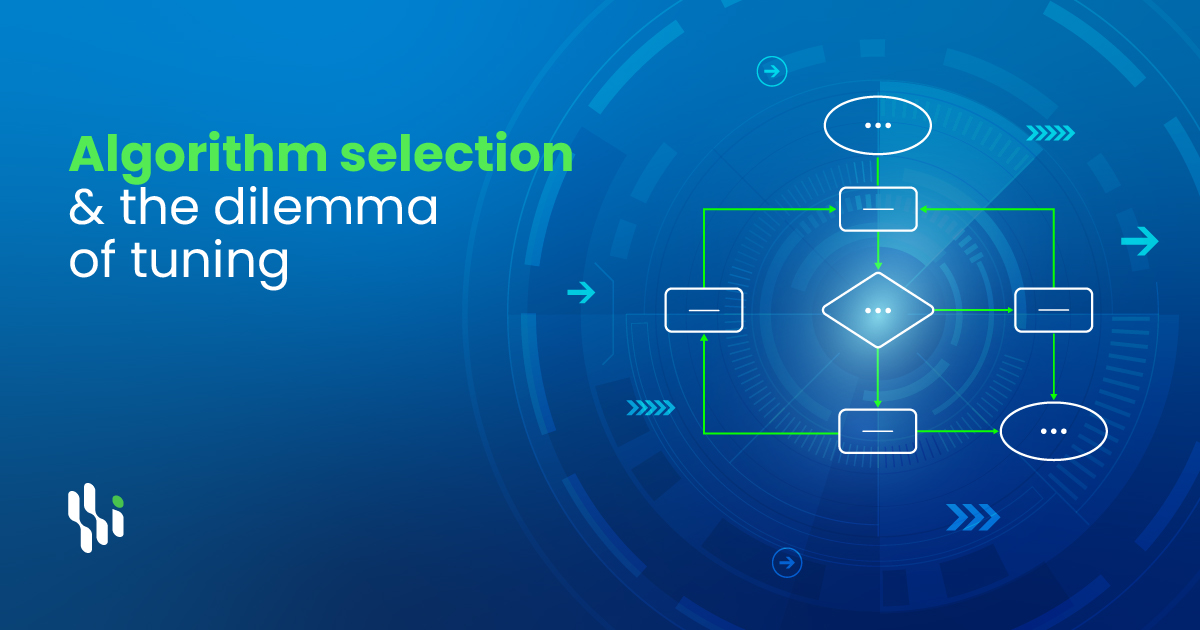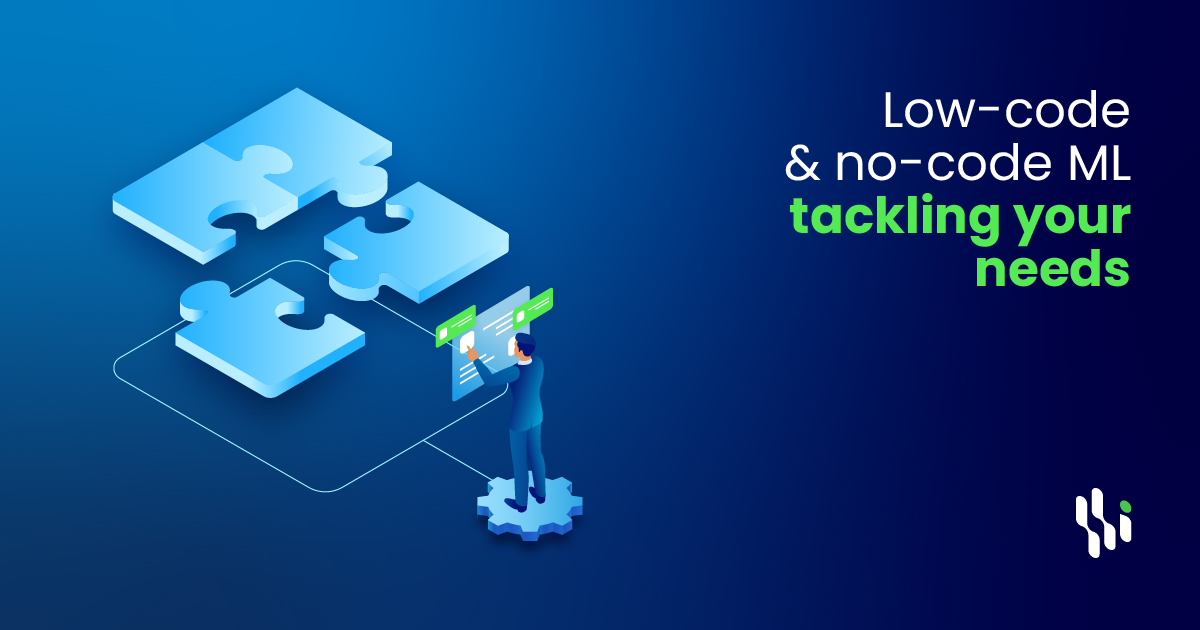

Government Data Management in the Digital Age: Unlocking Value for Society and the Economy
Introduction
Data has become the backbone of modern digital societies, and governments are among the largest holders of data. These vast data resources, if utilized effectively, can bring immense benefits—enhancing the efficiency of public services, reducing fraud, optimizing decision-making, and fostering economic growth.
However, despite the potential, many governments face substantial challenges in harnessing the power of data. The fragmentation of data storage, outdated infrastructures, and a lack of interoperability hinder the ability to unlock data’s full potential. In some cases, outdated systems mean that government agencies rely on manual processes or inaccessible records, creating inefficiencies that slow down public administration and decision-making.
As digital transformation accelerates worldwide, governments must adopt a strategic approach to modernizing data management. Countries that have taken bold steps toward interoperability and digital integration—such as Saudi Arabia, the UAE, and Qatar—serve as examples of how data can be leveraged to create seamless, efficient governance.
This article explores the key challenges governments face in managing data and outlines five strategic actions that can help unlock value across public institutions, the economy, and society as a whole.
Challenges in Government Data Management
Many governments struggle with outdated, siloed data management systems that prevent seamless access and integration. The key challenges include:
- Scattered and Isolated Data
Government data is often stored in separate registers, each serving a specific department or function. Without a centralized system, agencies lack visibility into what data is available, leading to duplication, inefficiencies, and lost opportunities. Citizens and businesses often have to submit the same information multiple times to different agencies due to a lack of coordination.
- Limited Digital Accessibility
Despite advancements in digital transformation, many government records remain in paper-based formats or outdated databases that lack standardized access protocols. This not only increases operational costs but also slows down decision-making and public-service delivery. In many cases, even when data is digitized, agencies may lack the proper infrastructure to access it efficiently.
- Lack of Interoperability
Even when data is digitized, technical barriers prevent different government agencies from sharing or integrating their datasets. Differences in data formats, definitions, and regulations create obstacles to seamless exchange. Inconsistent naming conventions, multiple identifiers for the same entity, and varying levels of data quality further complicate the problem.
- Security, Privacy, and Compliance Concerns
Modernizing government data management requires a strong emphasis on security and privacy. Many citizens worry about how their personal information is used, stored, and shared. Governments must address these concerns by implementing strong governance frameworks, ensuring compliance with data protection laws, and giving citizens greater control over their data.
- Inefficient Decision-Making Due to Lack of Data Utilization
Governments have access to vast amounts of data, but without proper integration and analysis, much of this data remains underutilized. A lack of real-time data insights leads to slower responses to crises, inefficient resource allocation, and suboptimal policy-making. Countries that effectively leverage data for predictive analytics and decision-making gain a significant advantage in governance and economic planning.
Five Strategic Actions for Effective Government Data Management
Governments looking to modernize their data systems can adopt the following five strategic actions to unlock data’s full potential.
- Define a Clear Vision with Practical Use Cases
Rather than attempting a complete overhaul, governments should start by identifying high-impact use cases where data can make a tangible difference. For example, Saudi Arabia has integrated its government services through Absher, allowing citizens to access multiple services with a single account. The UAE has adopted a “once-only” principle, ensuring that citizens only need to provide data once, and that information is securely shared across government agencies. Qatar’s TASMU Smart Qatar program leverages data and AI to optimize governance and service delivery.
- Map and Understand the Data Landscape
A critical first step in modernizing data management is mapping all existing registers and data sources to identify redundancies, inconsistencies, and missing datasets. This mapping allows governments to gain visibility into what data is available, where it is stored, and how it can be used effectively. Saudi Arabia’s National Data Management Office (NDMO) oversees government data governance, ensuring interoperability and consistency.
- Establish a Centralized and Interoperable Data Infrastructure
Governments must invest in building a secure, interoperable data infrastructure that enables seamless data exchange across departments. This includes:
- Unique Identifiers – Assigning a common identification number to individuals, businesses, and properties to ensure consistency across datasets.
- Technical Standards – Defining common data formats, protocols, and APIs for secure data sharing.
- Service Directories – Creating centralized repositories that allow agencies to quickly locate and request data from other departments.
- Intermediaries for Secure Exchange – Establishing technical gateways that facilitate secure data transfers while maintaining privacy safeguards.
- Data Tracking and Consent Management – Providing citizens with transparency and control over who accesses their data and for what purpose.
The UAE Pass is a successful example of a digital identity system that enables secure access to multiple government services while ensuring data privacy.
- Adopt Agile Data Labs to Drive Rapid Innovation
Governments should establish “data labs”—cross-functional teams of technologists, policymakers, and data scientists—who can rapidly test, iterate, and deploy data-driven solutions. By focusing on small, high-impact projects, governments can achieve quick wins while building momentum for larger digital transformation initiatives. Qatar’s Hukoomi e-Government Portal is an example of how centralized digital services can be continuously improved through agile methodologies.
- Create a Central Data Agency to Oversee Governance and Compliance
A dedicated central data agency can help drive standardization, enforce security protocols, and oversee the long-term modernization of government data infrastructure. Agencies like Saudi Arabia’s SDAIA (Saudi Data & AI Authority) and the UAE’s Smart Dubai initiative play a pivotal role in streamlining data management across public institutions. These agencies also ensure compliance with privacy regulations and facilitate collaboration between different government bodies.
Case Studies: MENA Countries Leading in Government Data Management
Several MENA countries have successfully implemented modern government data strategies:
- Saudi Arabia – The Saudi Data & AI Authority (SDAIA) and Absher have transformed digital governance, ensuring efficient, secure, and citizen-centric services.
- United Arab Emirates – The Dubai Data Law, UAE Pass, and Smart Dubai initiative have positioned the UAE as a leader in government data management.
- Qatar – The TASMU Smart Qatar initiative and Hukoomi e-Government Portal demonstrate how data-driven policies can enhance service delivery and transparency.
These case studies highlight the benefits of an interconnected, data-driven government that enhances efficiency, reduces redundancy, and improves public service delivery.
Conclusion
Governments worldwide are recognizing the urgent need to modernize their data infrastructures. By addressing the challenges of fragmentation, accessibility, and interoperability, they can unlock immense value for the economy, society, and public administration.
An effective government data strategy not only enhances efficiency and transparency but also builds public trust in digital governance. The future of government services lies in data-driven decision-making, secure data-sharing frameworks, and seamless digital interactions between citizens and the state.
Investing in data modernization today will pave the way for smarter, more efficient, and more responsive governments in the digital age.
Source : Government data management for the digital age Report – McKinsey & Company

